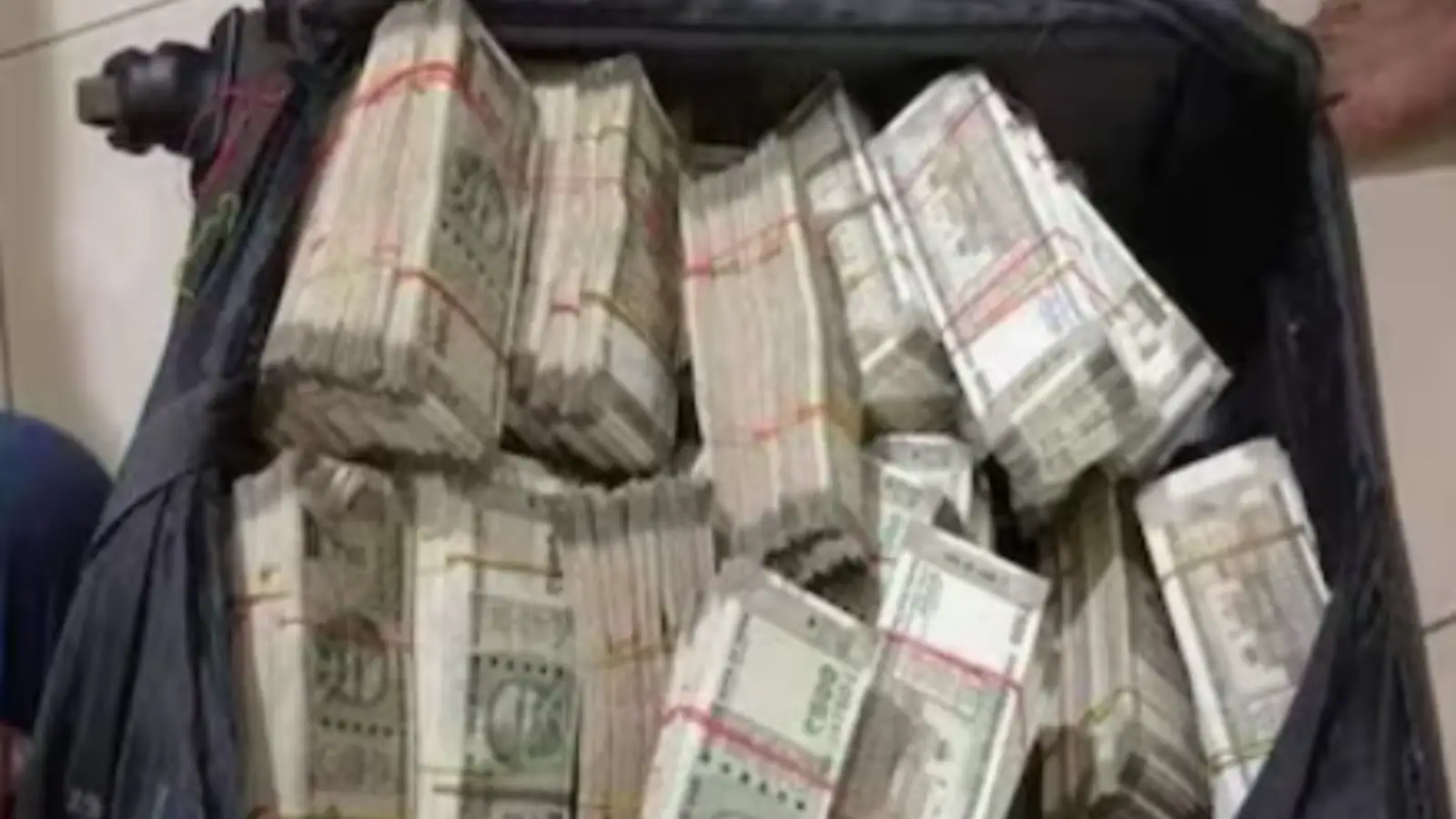By Madan Sabnavis
Copyright thehindubusinessline

Are we in a liquidity trap? John Maynard Keynes came up with the concept of ‘liquidity trap’ to explain trends in the days of the Great Depression of the 1930s. Liquidity trap exemplified a situation where the demand for money remained fixed, no matter how much central banks increased money supply. This meant that even if interest rates were lowered to close to zero, there would be no demand for credit. This sort of trend was in evidence during Covid when central banks lowered rates to all-time lows, but failed to push up demand for credit.
Today in India, the liquidity trap seems to be very much in evidence. The RBI has lowered rates by 100 basis points (bps) since February and while the transmission to deposits is more than complete, that on the lending side is half done. Even so, growth in credit appears to be stable though low. At 10 per cent in the first five months of the year, there has been no big bang demand for credit. While there has been some diversion to markets — both bond and ECB, it still does not explain the full picture.
Theoretically, lowering interest rates should increase demand for funds. But borrowing is always for some purpose. If it is for running business through what is called working capital, it lowers cost of capital. But it does not make sense to borrow more for investment in a situation of surplus capacity and lower demand. This has been the case in times of global slowdown, and is also the situation in India today, where investment is not yet broad based.
The June credit policy observes that there are limits to which lower interest rates can lead to higher growth. Intuitively if lowering interest rates can lead to higher growth, all central banks should be doing it. The world should be prosperous, as commodity prices are at their lowest. Clearly this is not happening.
It is in this context that the capex push being given by the government has to be seen. FY26 will once again be the year for the government. The capex of around ₹11 lakh crore will be the major driver of investment which will probably be at best supported by some uptick in private investment. Private investment has been limited to the infra space where there is front-end spending by the government. In the consumer goods segment, there still appears to be surplus capacity which will mean it will take some more time before fresh investment takes place even if demand picks up. The changes in GST will be a challenge for these companies as they would have to deal with inventories, possibly for a period of 30-45 days, before embarking on fresh production.
Tax concessions
The second step from the government has been on the taxation front. The Budget had given a sum of ₹1 lakh crore as income tax concessions over the year. This is a Keynesian push to demand where more money is given to taxpayers to enable spending. GST reforms have lowered the rates on several consumer goods both in the durable and non-durable categories. Savings for households have been estimated by the government at ₹48,000 crore at the first stage. This should help boost consumption and growth.
The fiscal push could run into limits depending on the extent to which benefits of income tax or GST go to individuals in the higher income brackets. The marginal propensity to consume may not quite increase commensurately in this segment. This means that there could be some moderation in growth in consumption. However, money not spent will be saved which means that there would be a nudge to either savings in conventional modes like deposits or more likely higher investments in stocks.
Given the uncertainty in demand, it can be hard to get out of the liquidity trap. There has to be a recognition that lowering rates is not a panacea for growth. Relentless lowering of rates can lead to a situation where capital can be mispriced; this will show up more with a time lag when there is excess borrowing that can be inflationary — more so if demand for goods and services does not increase.
Therefore, monetary policy in a context of ‘liquidity trap’ (which renders rate cuts less effective) must be accompanied by parallel fiscal steps, and it is just as well that these have been initiated by the government. This combined with the other expenditures of the government such as PM Kisan, MGNREGS and capex will provide the Keynesian stimulus that will steady the boat.
In the current scene, there is good coordination between the government and central bank; and hence the adage of fiscal and monetary policies talking to each other holds. Under these circumstances, a status quo in October looks logical.
The writer is Chief Economist, Bank of Baroda. Views are personal
Relentless lowering of rates can lead to a situation where capital can be mispriced; this will show up with a time lag when there is excess borrowing that can be inflationary.
Published on September 26, 2025



